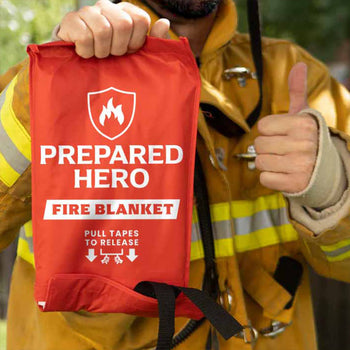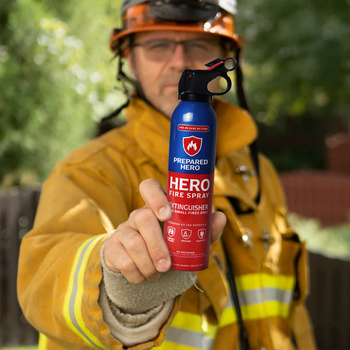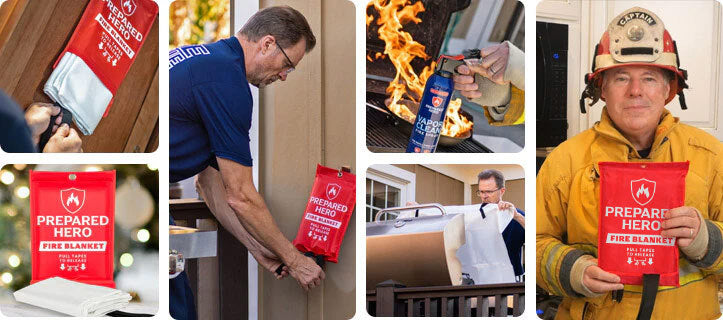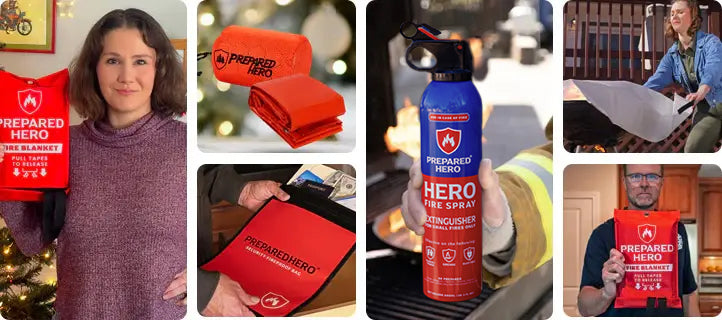Where you put your smoke detectors matters just as much as installing them. Proper placement makes sure they can detect...
Approximately 700 residential fires involving individuals with physical disabilities are reported to US fire departments each year. These fires cause about 160 deaths, 200 injuries, and $26 million in total loss. Add to that the 55.7 million senior citizens in the US, and you get a huge population vulnerable to fires.
So how do you protect them from fires? In this post, we'll talk about fire safety tips for seniors and people with disabilities.
5 Fire Safety Tips for Seniors and People With Disabilities
Fire safety is a must for everyone, but it is particularly crucial for seniors and people with disabilities. It's because they face additional challenges during a fire.
If you are a senior, person with a disability, or have seniors and persons with disabilities in your household, here are five fire safety tips that can help:
1. Install smoke detectors and sprinklers.

One of the most crucial steps to protect seniors and people with disabilities is to install smoke detectors and fire sprinklers throughout the house.
They should be placed on every floor, including the basement and other areas where a fire can start. The most vulnerable areas include kitchens, bedrooms, and living rooms.
Choose interconnected detectors with alarms that'll sound simultaneously when one gets triggered. This ensures that everyone in the house knows about the danger. Make sure to test them monthly and replace their batteries each year.
2. Live on the ground floor if possible.

Seniors and people with disabilities should live on the ground floor if possible. Living on the ground floor makes it easier and quicker for them to evacuate in an emergency.
It also reduces the risk of injury while attempting to escape from higher floors. Additionally, living on the ground floor eliminates the risk of malfunctions during a fire for those who need elevators.
3. Have a fire escape plan.

Create a plan for specific limitations like vision, mobility, and hearing. Make sure that all potential routes are marked and free of obstacles.
Then, practice the plan regularly. Involve family members or caregivers to ensure everyone is familiar with the escape routes, meeting points, and any assistance needed. Remember, communication is crucial in emergencies, so discuss the plan with your neighbors and building management as well.
4. Know who to contact during an emergency.

Make a list of emergency phone numbers. Include local fire and police departments, neighbors, and family members. Then, keep this list in an easily accessible location, like on the refrigerator or by the telephone.
It's also a great idea to inform these contacts of any special needs or assistance you or your loved ones may need during a fire, so they can be prepared to help.
5. If you use a walker or wheelchair, check all exits to make sure you can get through.

If you're using walkers or wheelchairs, check all exits to ensure they're wide enough to accommodate you. Then, make modifications to doorways or plan alternate escape routes if needed.
6. Prepare a fire safety kit.

A fire safety kit is a must for seniors and people with disabilities. It can save lives and minimize property damage.
A comprehensive fire safety kit typically includes items like a fire extinguisher or fire spray, a fire blanket, fire protection gloves, and an emergency escape ladder. These items can make a significant difference during a fire-related incident.
Conclusion
Remember, every second counts in the face of an emergency, and being well-equipped can make all the difference. Don't wait until it's too late—secure your safety and peace of mind by buying a fire safety kit from Prepared Hero now!


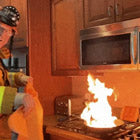 Fire
Fire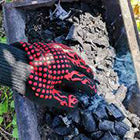 Safety
Safety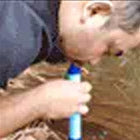 Survival
Survival Protection
Protection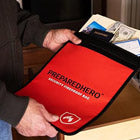 New
New Scouting America
Scouting America
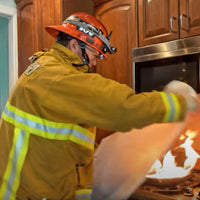 Fire
Fire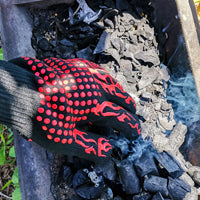 Safety
Safety Survival
Survival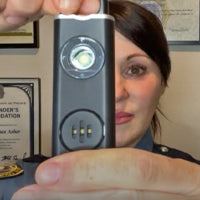 Protection
Protection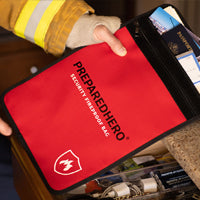 New
New
